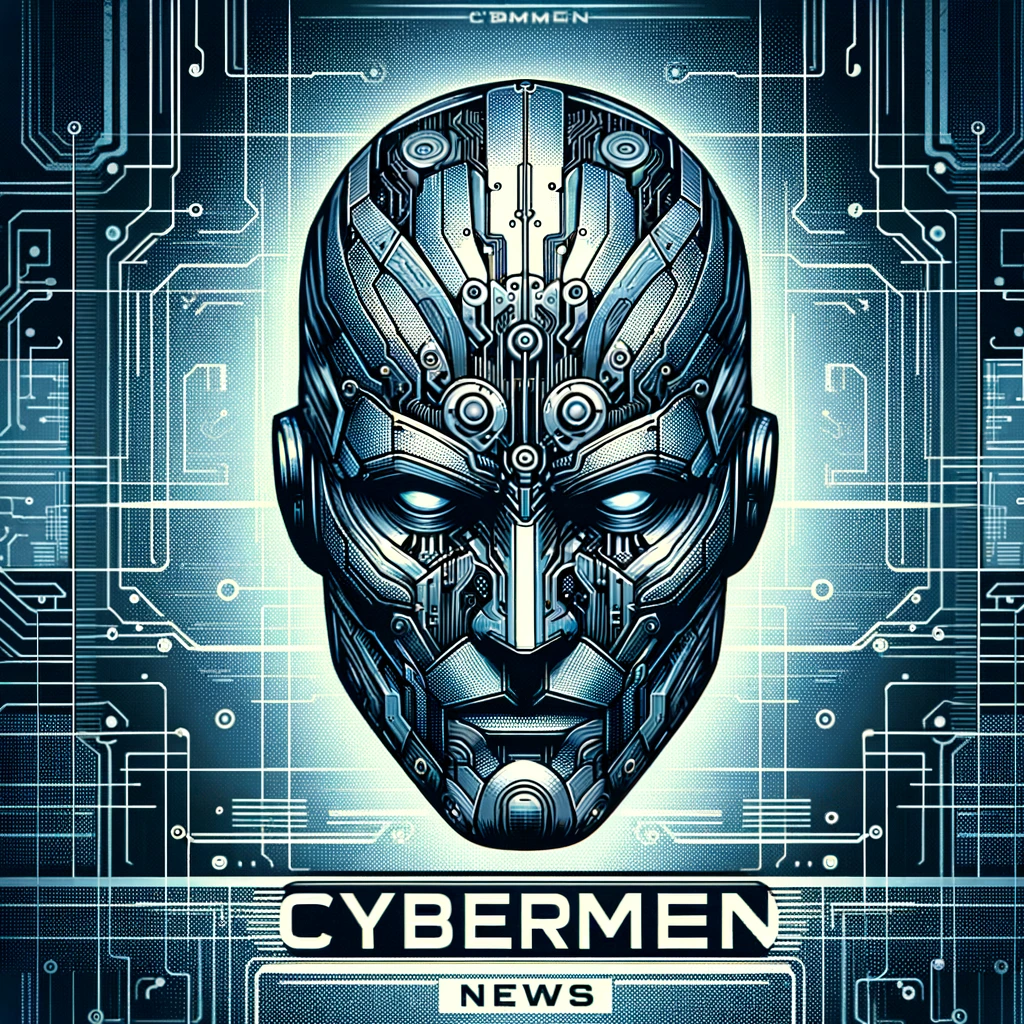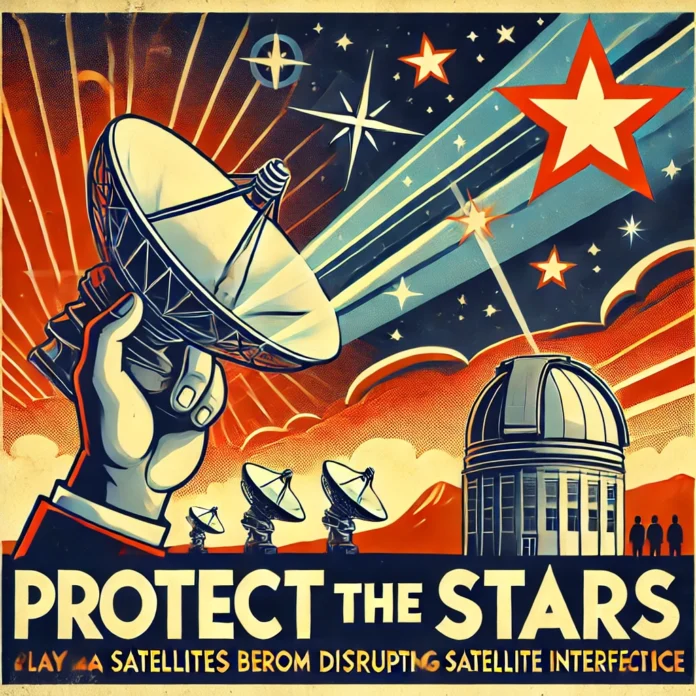Senate Bill Proposes New Center to Address Satellite Interference with Astronomy
In a landmark move, the U.S. Senate has introduced the Dark and Quiet Skies Act of 2024, a bill aimed at addressing the increasing problem of satellite interference with astronomical observations. Senators John Hickenlooper (D-Colo.) and Mike Crapo (R-Idaho) introduced the legislation on August 1, 2024, which would create a Center of Excellence under the National Institute of Standards and Technology (NIST). The center will focus on mitigating both light and radio-frequency interference caused by satellites, which threatens crucial astronomical research.
The Need for a Center to Address Interference
As the number of satellites in Earth’s orbit rapidly increases, so does the concern within the scientific community regarding their impact on astronomy. More than 6,800 SpaceX Starlink satellites have been launched, with thousands more planned, making the night sky increasingly difficult for astronomers to study. Light and radio pollution from satellites are distorting astronomical data, and the need for protection is more urgent than ever.
How the Center Will Work
The proposed center will work with astronomers, satellite operators, and industry experts to develop best practices for reducing satellite interference with astronomical observations in optical, infrared, and radio wavelengths. The initiative is to conduct transdisciplinary research and support demonstration projects that address the effects of satellite interference. The center will promote voluntary guidelines, but it will not have regulatory authority, allowing collaboration between stakeholders without imposing strict regulations.
Addressing Satellite Interference: A Global Effort
This bill adds to ongoing efforts, including the International Astronomical Union’s Centre for the Protection of the Dark and Quiet Sky from Satellite Constellation Interference (IAU CPS), which is working to develop software tools and conduct outreach. Recent funding from the U.S. National Science Foundation (NSF) will enhance tools to predict and manage satellite interference during astronomical observations.
Why the Center Matters for Astronomy
With thousands of satellites visible to the naked eye, astronomers fear that future large-scale constellation deployments will further degrade observations of the night sky. The proposed center will serve as a key resource for safeguarding astronomical research, which is essential for advancing our understanding of the universe. By mitigating interference, scientists can focus on discovering new celestial objects, from asteroids to distant galaxies, without the disturbance of satellite trails.
Funding and Future Prospects
The bill allocates $20 million to fund the center over five years, from 2025 to 2029. This financial support is critical to ensuring the development of innovative technologies to minimize interference. It will also build on existing collaborations between SpaceX and the NSF, such as the boresight avoidance method that has been used to limit Starlink satellites’ interference with radio telescopes.
Conclusion: A Step Forward in Preserving Astronomy
The Dark and Quiet Skies Act of 2024 is a vital step toward preserving the integrity of astronomical research amid the rapid expansion of satellite constellations. By creating a dedicated center to tackle this growing issue, the bill ensures that scientists will be able to continue their groundbreaking research without the obstruction of artificial interference. If enacted, this legislation will mark a major advancement in the relationship between space technology and scientific discovery.


